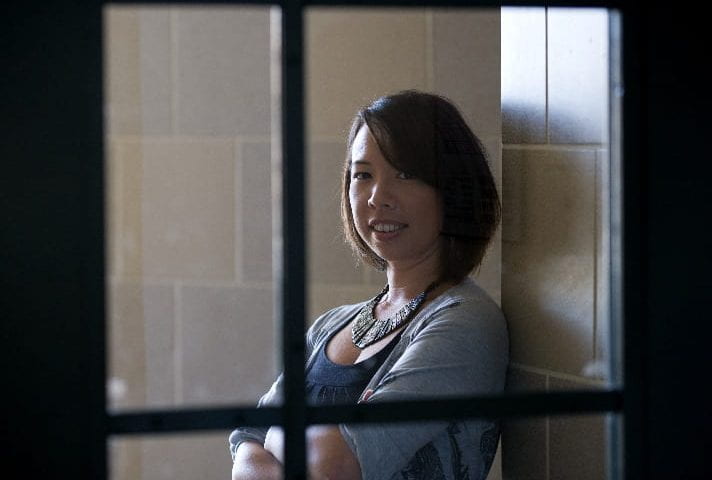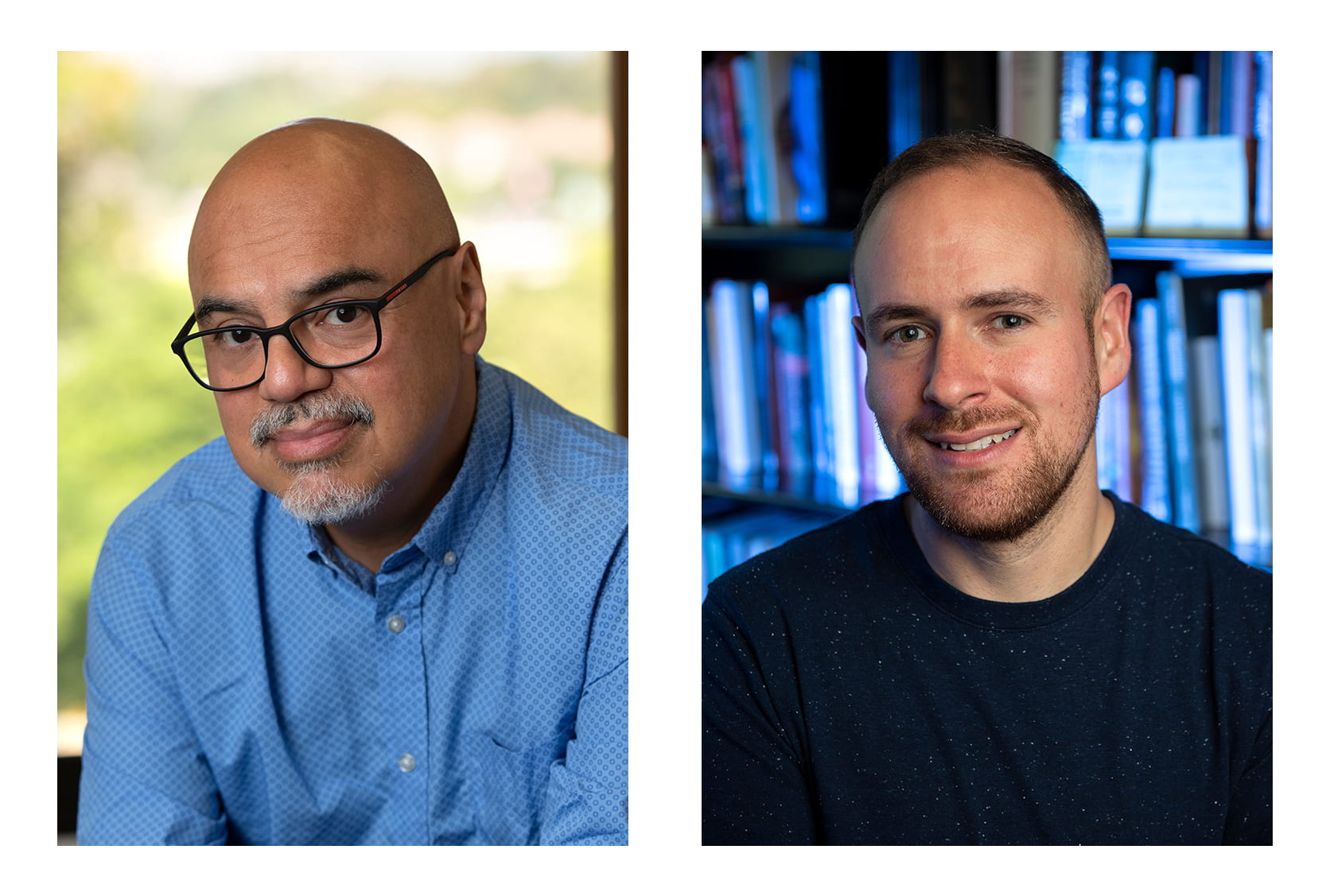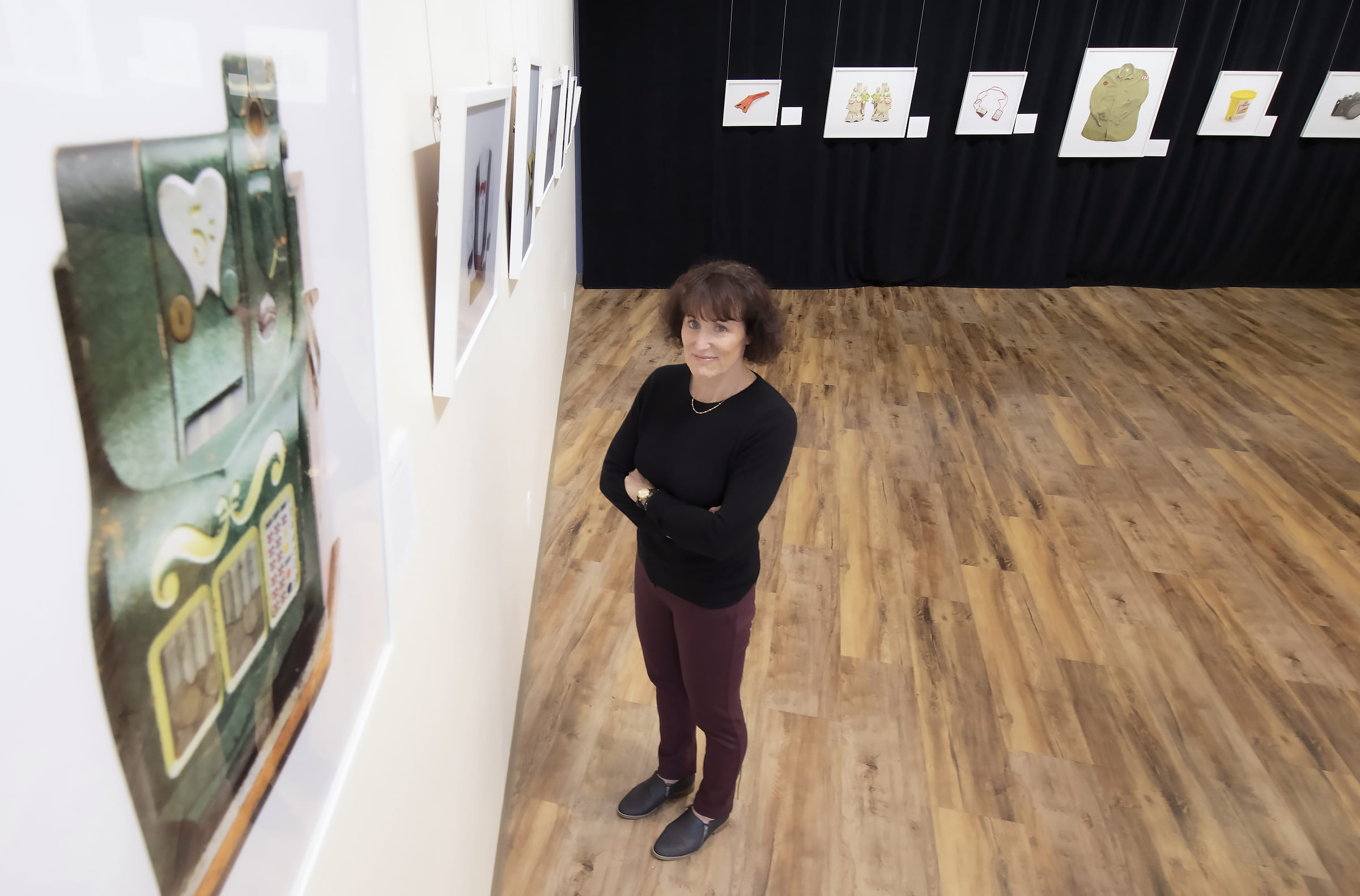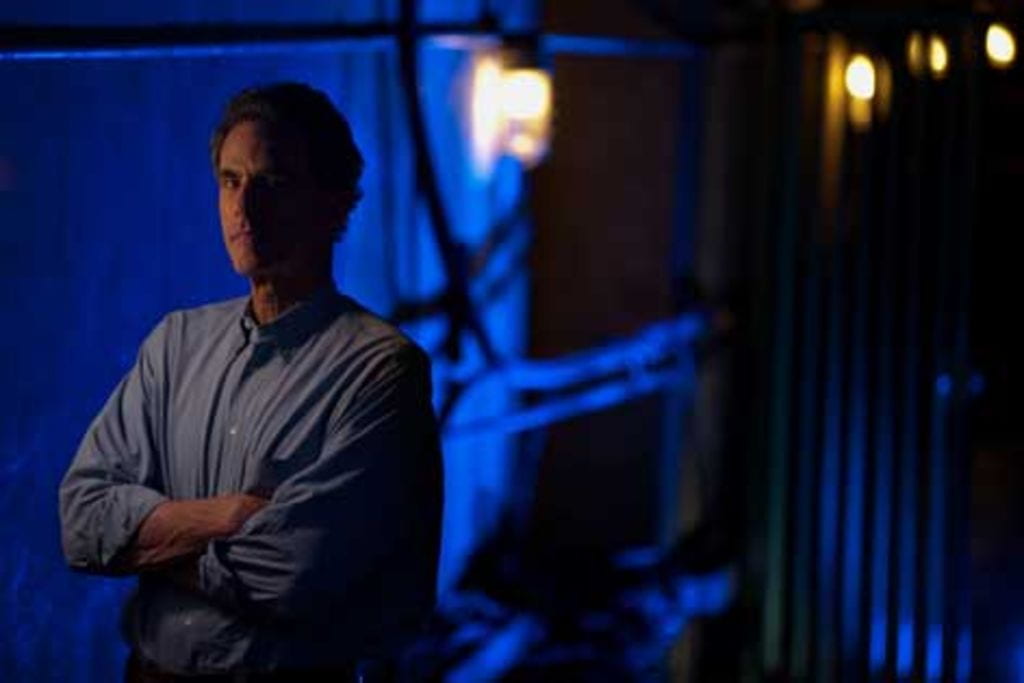Making peace with mortality
UCI professor’s new book explores life lessons gleaned from unorthodox class on death

Erika Hayasaki, assistant professor of literary journalism at UC Irvine, is the author of a new book, The Death Class: A True Story About Life, that takes an inside look at a New Jersey college course called “Death in Perspective.” The class, taught by professor Norma Bowe, is hugely popular and boasts a three-year wait list. Hayasaki had written a newspaper article about the course in 2008 and was so moved that she followed Bowe and her students for the next three years, digging deep into how we experience death, loss and grief. Here, she discusses the book and what she learned.
Q: Why did you ask to shadow Norma Bowe? And why did you stay involved for three years?
A: I had been covering a lot of death as a national correspondent for the Los Angeles Times. Around the time I met Norma, I covered the Virginia Tech shooting, interviewing survivors who had seen their classmates killed in front of them. I also had recently covered the anniversary of the 9/11 terrorist attacks, and I visited ground zero with a mother who had lost her daughter in the twin towers. I covered the bridge collapse in Minnesota, knocking on doors of families whose loved ones had not come home. (Two children who had waited in vain for their father to return answered one door.) And in Newark, N.J., I covered the execution-style killings of three college friends in a school yard – all shot in the back of the head. I attended all three of their funerals in one day. I was exhausted and numb. Death was a topic I had been deeply affected by ever since the first murder I covered as a reporter at age 16 – that of a high school friend whose boyfriend shot her to death on the same day as the Oklahoma City bombing.
One morning, I came across a link to a student’s story about a popular Kean University class on death. I decided to write an article about it and ended up sticking around for the next three years because Norma had an outlook on the subject that was contagiously positive and life-affirming. Her students adored her, and though many of them came from hardship, she found ways to channel their experiences and turn them into life lessons. I learned a lot about death and life while following the class, but I also enjoyed going on the field trips and participating in Norma’s community service projects – including one that took us back to Virginia Tech three years after the shooting. There I met the husband of a French teacher who had been killed, and whom I had written about. Jerzy Nowak had turned Norris Hall – where the massacre took place – into a center for peace and nonviolence.
Q: What did you learn about yourself and those who took the class?
A: I met some incredibly resilient young people in the death class, like Jonathan, a young man whose father murdered his mother. Jonathan went on to become a speaker and advocate for other families. I met a young woman named Caitlin who battled OCD and death anxiety and dealt with a suicidal mother. She learned to control her anxiety and ended up becoming a school counselor for other young people. I met a young man named Israel who had been a member of a gang and nearly killed someone. He turned his life around and became a symbol of altruism. I met an inmate named Carl who became a Buddhist and a mentor to younger inmates. All of these people had incredible life stories filled with struggle and pain and mistakes. But they came out of it stronger and learned to give back somehow. This was the psychologist Erik Erikson’s idea of “generativity,” which Norma taught in her lectures. It’s reaching a point in your life where you leave something behind for the next generation that will last after you die. Finding generativity also helps people have a “good death,” in which they feel at peace in the end. As for me, I learned that you cannot control everything that happens in life, and you cannot control death. Living in fear or trying to control everything will only hurt your quality of life.
Q: What do you hope readers take away from The Death Class?
A: I hope readers feel like they know the characters in the book and could relate to them even if they are very different from them. I hope readers can use the book as a jumping-off point to begin talking about death openly, in the way Norma does with her class, perhaps finding communities of others to share experiences with, taking some of the book’s lessons and applying them to their own lives. There are class assignments in the book that any of us can complete on our own or in groups. Whether creating community service projects out of these assignments or finding generativity, I hope there’s a lot of inspiration in the book.
Q: You practice several forms of journalism in piecing this book together: immersion journalism, participatory journalism and narrative reconstruction. Why?
A: I teach a style of journalism at UC Irvine called literary journalism, which draws from the elements of fiction to write and report nonfiction. We look for larger-than-life characters, like Norma Bowe, and the real-life details, scenes, anecdotes, dialogue and themes that will bring these people to life on the page. Immersion journalism is a style in which you “embed” with your characters – the people you’re following – and their worlds. You can be a fly on the wall to the moments unfolding before you. I did this with the death class by shadowing the professor and her students for three years and witnessing their experiences not only in the classroom and on field trips, but also at home, with their families and friends, and in private. However, I did participate in some aspects of the story, such as class assignments, exams and community service projects. This allowed me to process my own emotions when it came to death. One of the most affecting assignments I completed was the goodbye letter, which I wrote to my high school friend, Sangeeta Lal, whose boyfriend killed her. Lastly, I relied on narrative reconstruction to tell parts of the story I could not have possibly witnessed – like the murder of Jonathan’s mother. That was reconstructed from his vivid memories as a child, the memories of other family members, court documents and newspaper articles.
Q: “Death cafes” are popping up around the country, and more colleges are adding death education to their course options. What does this say about our culture?
A: There are death cafes, death dinners, death salons. (The last involves young people having symposiums and parties around intellectual discussions about death.) This appears to be a reaction against the sanitization of death that has occurred in our culture. People used to die at home, and funerals were a family responsibility. But there was a shift toward people dying in hospitals and relying on funeral homes to take care of all the details of a person’s burial, including washing the body, dressing it, caring for it. As a result, one came to look at death as a mysterious, frightening thing. Actually, the process of dying – what happens during and after – as I’ve learned from Norma Bowe, can be quite beautiful and meaningful. Now you see baby boomers taking the reins in this backlash against modern death practices, much like there was a backlash against hospital births with the rise of home births. Now people, including doctors, are dying at home. And some families are even taking care of loved ones’ bodies themselves. I think death classes are important to this cultural shift, as people at a younger age become less afraid of death and more open to embracing it as part of the life cycle.
– Q&A courtesy of Simon & Schuster


